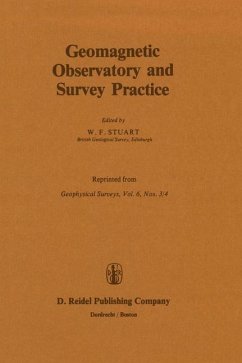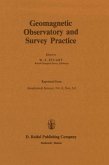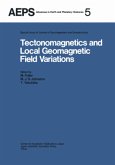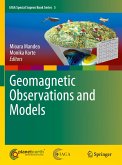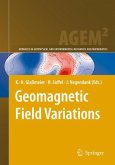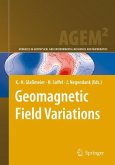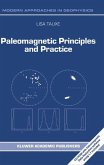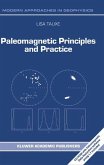This issue is a collection of the papers read at the 'Workshop on Geomagnetic Observatory and Survey Practice' held during the XIVth General Assembly of IUGG (the International Union of Geology and Geophysics) in Hamburg, August 1983, sponsored by Division V of the International Association of Geomagnetism and Aeronomy (IAGA). The papers represent a snapshot taken at a very important time in the history of Geomagnetism and of the sciences which depend on measurements of one kind or another of the Earth's magnetic field. Research science now demands a much greater amount of information to be prepared and immediately made available to the scientific user. Experimental measurements are now required to be reduced, selected and made ready as information which can be recorded as data on magnetic tape in the form required for direct incorporation into the analytical programmes whiCh individual researchers run on digital computers. Computing has reduced the lead time between when observations are made and when they are required by researchers. Many scientific programmes, particularly those related to Solar-terrestrial geophysics, need data to be analysed as near as possible to the time it is recorded. In Geomagnetism these pressures apply to field variations where satellite based geophysical experiments require high resolution of the fine structure of external disturbance fields, and also to field mapping on a global and local scale where the demand for increased accuracy calls for better absolute observations and more frequent surveys.

